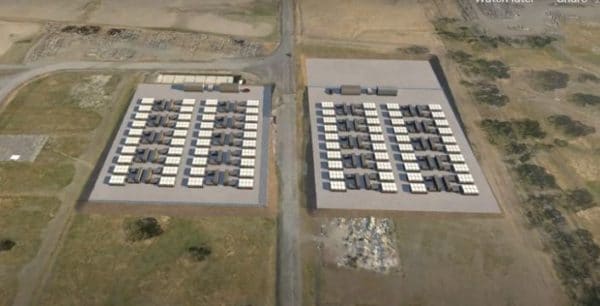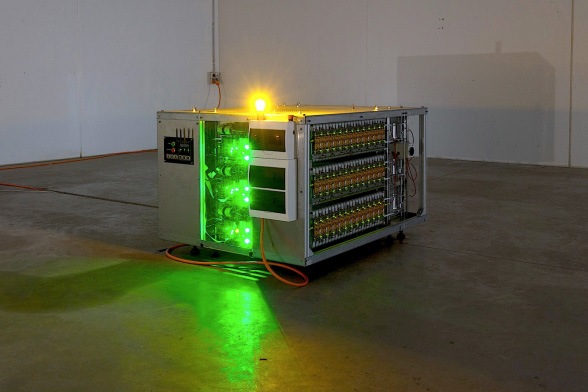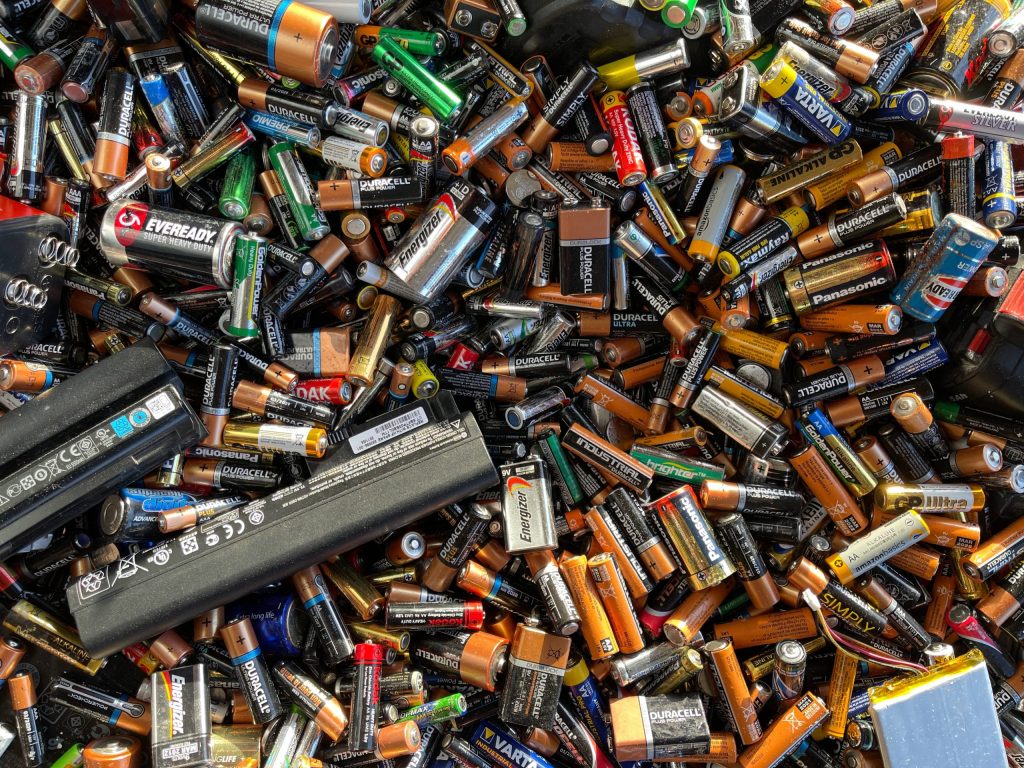Batteries are firming as crucial enablers of Australia’s transition to renewable energy and the CSIRO has identified the increase in battery usage across all sectors, including large-scale, distributed energy resources and the electrification of transport, as the driver for a potential $3.1 billion lithium-ion battery recycling industry.
First commercialised in the 1990s, lithium-ion batteries are a relatively new technology but the market has undergone substantial growth in recent years and the CSIRO has predicted the demand for batteries will accelerate going forward.
“The demand for lithium-ion batteries is increasing globally, fuelled by the increasing electrification of transport and the renewable energy generation storage sector,” said Dr Anand Bhatt, lead author of the Australian Landscape for Lithium-Ion Battery Recycling and Reuse in 2020 report.
While the electric vehicle (EV) market remains negligible in Australia, accounting for just 0.7% of the 1 million new cars sold annually, the distributed and large-scale battery energy storage sectors continue to grow.
Solar market analyst SunWiz has calculated that 31,269 new residential batteries, totalling 340 MWh, were installed across the nation last year while data provided by the Clean Energy Council (CEC) indicates that since 2018, 8.9 GW of large-scale battery storage has been financially committed, proposed and or approved in Australia.
CEC chief executive Kane Thornton said that growth is expected to continue in 2021 with 15 large-scale battery projects already announced this year, representing 6.6 GW of storage and $4.3 billion in investment.
“The commercial case for batteries will continue to improve as battery technology advances and new markets are established to reward the services they provide,” Thornton said.

Image: AGL
Australia’s largest energy retailer, AGL, is among those leading the battery charge, announcing last year it plans to add 850 MW of new large-scale battery storage to its energy generation portfolio by 2024.
The gen-tailer has already announced plans for a 250 MW battery project on the site of its retiring gas-fired Torrens Island Power Station in South Australia along with a series of other mega storage facilities while developers led by Neoen, network owners such as Spark Infrastructure, and service providers such as Transgrid have also announced new battery projects.
The CSIRO has however warned that as demand grows for energy storage and batteries, so too does the amount of lithium-ion battery waste.
The science agency said lithium-ion batteries generally have a life span of 5-10 years (though current development trends are increasing this to 10-15 years). This, combined with batteries used in renewable energy storage systems, means a large volume of end-of-life batteries will soon be on our doorstop.
“This growth is leading to an emerging problem of end-of-life waste management,” Bhatt said.
CSIRO research showed that lithium-ion battery waste is growing by 20% a year and could exceed 100,000 tonnes by 2036.
The agency said if not dealt with properly, lithium-ion batteries pose environmental and safety concerns but Associate Professor Jo Staines, Enterprise Fellow at the University of Melbourne and program lead for the Future Battery Industries Cooperative Research Centre, said incorrect disposal is also a missed economic opportunity.
“Lithium-ion batteries contain valuable battery metals and materials that should be recycled and reused,” Staines said.
“The conundrum we face in Australia is that we don’t currently have the volume of spent lithium-ion batteries to justify significant investment, but we want to keep them out of landfill to prevent environmental damage and retain those valuable battery materials in our economy.”

Image: ARENA
While companies like the Melbourne-based Relectrify are pursuing opportunities to repurpose batteries, a 2018 CSIRO report indicates only 2% of Australia’s lithium-ion battery waste is re-used or recycled.
The CSIRO suggests this lost value could be between $4,400 and $17,200 per tonne of battery translating to a $603 million to $3.1 billion opportunity. If recycled, 95% of materials can be turned into new batteries or used in other high value industries.
“The value for Australia is three-fold,” Bhatt said. “We can draw additional value from existing materials, minimise impact on our environment, and also catalyse a new industry in lithium-ion re-use/recycling.”
The latest report identifies 18 opportunities for industry, government and research institutions to strengthen and grow Australia’s domestic recycling capability with the CSIRO claiming Australia could lead the world in the re-use and recycling of lithium-ion batteries.
Among those opportunities identified in the report are exploring a National Product Stewardship for all batteries and increasing research into developing end markets for the recovered battery materials.
This content is protected by copyright and may not be reused. If you want to cooperate with us and would like to reuse some of our content, please contact: editors@pv-magazine.com.









3 comments
By submitting this form you agree to pv magazine using your data for the purposes of publishing your comment.
Your personal data will only be disclosed or otherwise transmitted to third parties for the purposes of spam filtering or if this is necessary for technical maintenance of the website. Any other transfer to third parties will not take place unless this is justified on the basis of applicable data protection regulations or if pv magazine is legally obliged to do so.
You may revoke this consent at any time with effect for the future, in which case your personal data will be deleted immediately. Otherwise, your data will be deleted if pv magazine has processed your request or the purpose of data storage is fulfilled.
Further information on data privacy can be found in our Data Protection Policy.